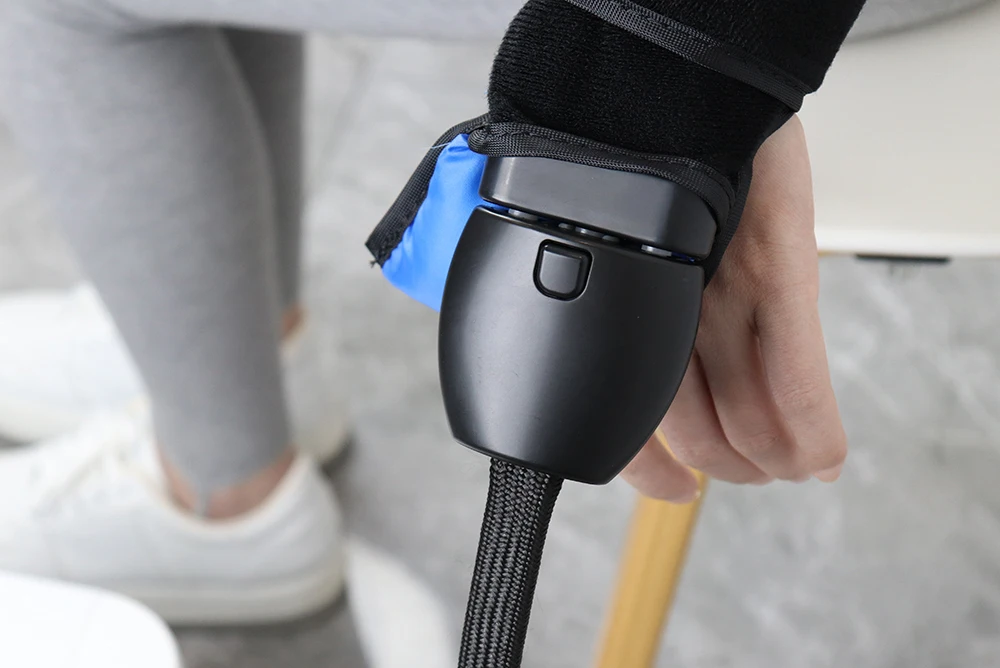1. Cold compression therapy, also known as cryotherapy, involves the application of ice or a cold pack to the affected area. The cold temperature causes vasoconstriction,
which reduces blood flow to the area, helping to decrease inflammation and swelling. Cold therapy is often used to treat acute injuries such as sprains, strains, and bruises,
as well as chronic conditions such as arthritis.
2. Hot compression therapy, also known as thermotherapy, involves the application of heat to the affected area. Heat increases
blood flow to the area, which helps to promote healing by delivering more oxygen and nutrients to the tissues. Heat therapy is often used to treat chronic conditions
such as muscle pain and stiffness. Both cold and hot compression therapy can be applied using various methods such as hot or cold packs, heated or cooled pads, or wraps.
3. Cold and hot compression therapy are two common techniques used to reduce pain, swelling, and inflammation in different parts of the body. Cold therapy, also known as cryotherapy,
involves the use of cold temperatures to reduce blood flow to the affected area, thereby decreasing inflammation and swelling. On the other hand, hot therapy, also known as thermotherapy,
involves the use of heat to increase blood flow to the affected area, thereby promoting healing and relaxation.












